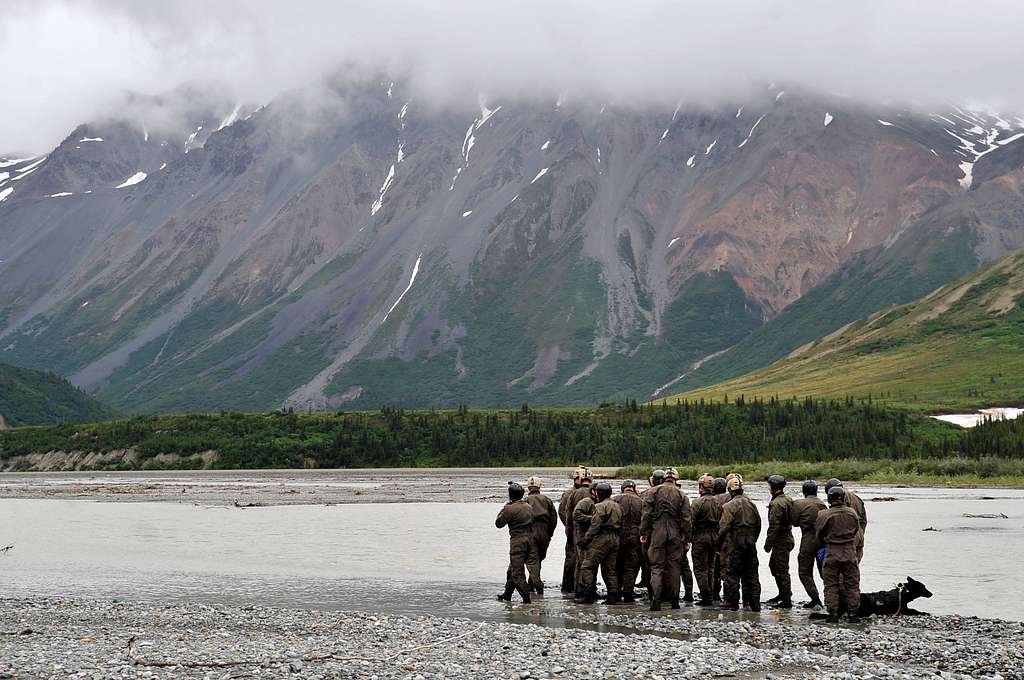
By Rear Adm. Stephen Barnett
For The Cordova Times
The Gulf of Alaska is the site of a critical military training area where the U.S. Navy has trained safely and effectively for more than 30 years on alongside our partner military services, particularly during the biennial training exercise known as Northern Edge.
We strive to be good stewards of the environment in everything we do, and we look forward to continuing to do so as we start to plan for future years of this exercise.
Before I touch on this, I want to take a moment to introduce myself.
My name is Rear Adm. Stephen Barnett and I am the new Commander, Navy Region Northwest. Many of you are familiar with my predecessor, Rear Adm. Scott Gray, from whom I assumed command last March. Before departing, Rear Adm. Gray enthusiastically spoke to me about his meaningful work to engage with Alaskans on issues that are very important to all of us – protecting the diverse Alaskan environment in balance with need to meet the training objectives required of the Navy’s national defense mission.
I am committed to carrying on these efforts. I look forward to engaging with Alaskan communities in an open dialogue about these important topics.
Northern Edge is a U.S. Indo-Pacific Command joint exercise hosted by U.S. Pacific Air Forces that takes place in Alaska every other year for about two weeks, most recently in spring 2019, and soon to occur in spring 2021.
In order to support future Northern Edge exercises, the Navy has released the Draft Supplemental Environmental Impact Statement in which we reanalyzed the potential environmental effects associated with future at-sea activities in the Gulf of Alaska. This document incorporates the best-available science, the latest research from published peer-reviewed sources, and took into consideration substantive comments received from the public during the scoping process.
This analysis will support applications to obtain new federal regulatory permits and authorizations to continue these crucial readiness activities after our current permits expire in 2022.
These mission-critical exercises are designed to replicate challenging scenarios and prepare personnel to respond to crises in the Indo-Pacific region, such as humanitarian assistance, natural disasters, global conflicts, and threats to homeland security.
Realistic training is the greatest tool we have to prepare military personnel for operations across the world. Our mantra, “Train as We Fight,” is not just a phrase – it is a combat proven principle that ultimately saves lives.
As with all at-sea activities, the Navy strives to avoid impacts on marine species and the environment during these exercises.
We have implemented a number of mitigations for our activities, some of which we developed based off public input from previous outreach efforts, in consultation with Alaska Native Tribes, and close coordination with regulatory agencies.
Public participation is a vital part of the NEPA process and the Navy team welcomes your input on this analysis throughout the public comment period from Dec. 11, 2020, to Feb. 16, 2021.
Please visit www.goaeis.com to learn more about how you can attend our upcoming virtual public meetings, submit a substantive comment, or obtain a copy of the Navy’s analysis.
When the COVID-19 situation allows for travel once again, I look forward to getting up to Alaska myself and continuing to engage with you all on this very important matter.














